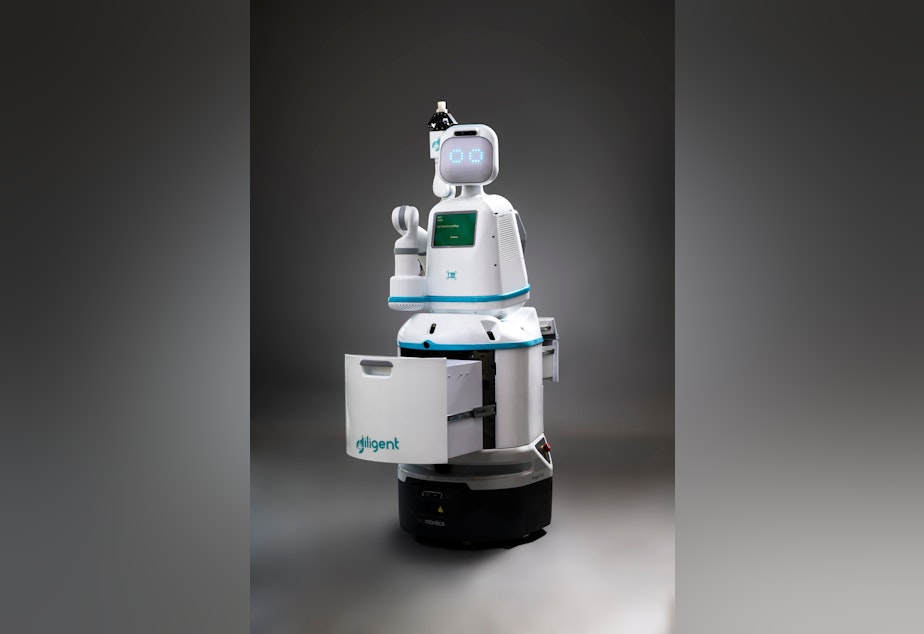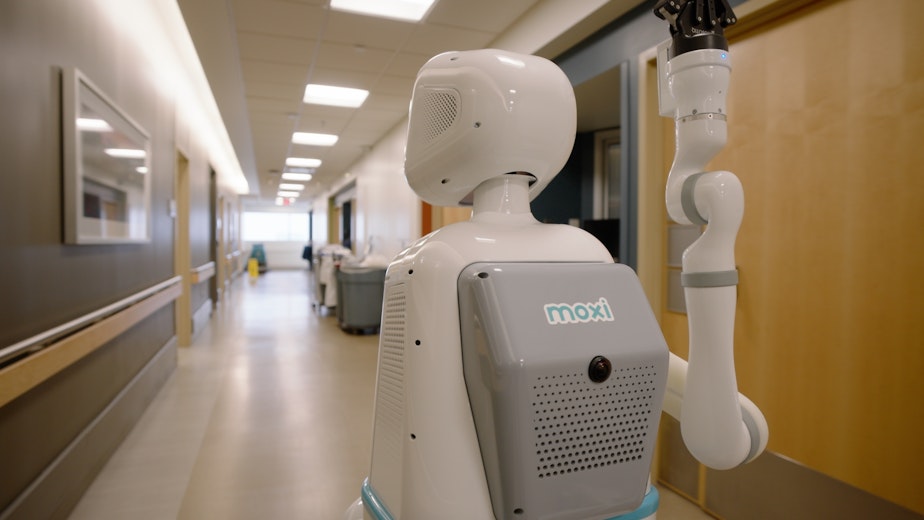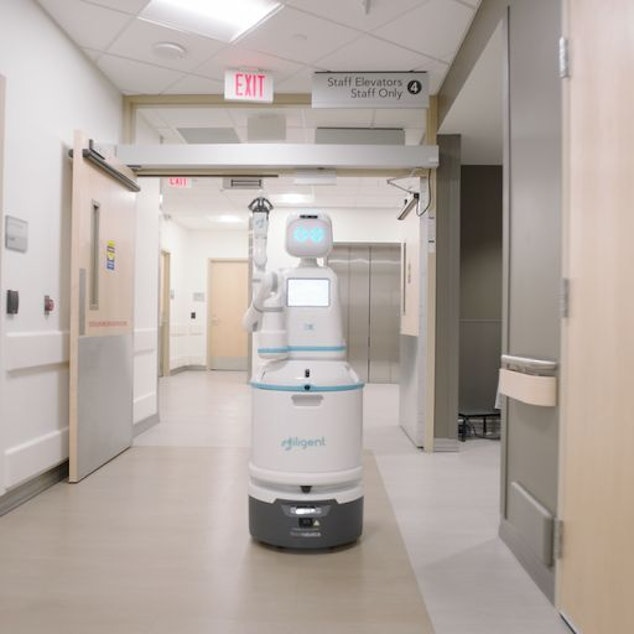Robot joins the ranks at Spokane hospital

Hospitals across Washington state continue to struggle with staffing levels, and some are getting creative with potential ways to lighten the load for nurses.
A Spokane hospital has welcomed a robot named Moxi to its care team.
It's about 4 feet tall, it moves around the hospital on its own, and its main purpose is to help give nurses more time for patient care.
"Our nurses were spending, on average, 70 minutes out of a 12-hour shift moving equipment from here to there, getting supplies, taking specimens somewhere,” said June Altaras, executive vice president and chief quality, safety, and nursing officer for MultiCare Health Systems.
“A human being doesn't need to do that,” she said.
MultiCare Deaconess Hospital in Spokane is the first in the state to try out this specific bot.
They’ve got four Moxi robots that they’ll use on a trial basis for three months, before they decide whether to roll out more at other locations in the state.
Sponsored
Moxi does no patient care but can run errands like taking samples to the lab, getting equipment, or delivering medication to providers.
Equipped with a pincer arm, the robot can press elevator buttons, pick things up, and carry items in its drawers.

Altaras said a robot will never replace a nurse, or completely solve the staffing issues all hospitals currently face.
Current staffing challenges are rooted in a series of long-standing, complex issues including work environment and pay levels.
Sponsored
However, done well, Altaras said Moxi may be able to decrease the work burden for nurses.
"And by decreasing the work burden we're hoping it decreases some of their work burnout," she said.
According to Diligent Robotics, the company that created Moxi, the bots are currently live at 15 other health care sites across the U.S.
Robots aren't new in hospitals, but technology and A-I continue to advance.
Wendy Nilsen, deputy division director for the National Science Foundation’s (NSF) division of information and intelligent systems, said some of the menial tasks in hospitals have been done by robots for a while. This isn’t the first bot designed to move things around for staff.
Sponsored
What appears to be different with this robot, according to Nilsen, is that it seems to bring functionality and a personality of sorts together in the design.
“This is an interesting choice for a helper bot,” she said. “Is there a socially supportive combination in here?”
Nilsen said there are plenty of robots designed to be socially supportive, but they have traditionally not been useful for tasks.
Moxi has large eyes that turn to hearts when interacting with people.

Sponsored
The bot announces itself with cartoon-ish robot noises and then speaks to staff, using phrases like, “I’m here to pick something up.”
Experts say these kinds of helper bots seem promising, but a lot hinges on whether nurses like them and find them useful.
Nurse Dana Oswald works at MultiCare Deaconess hospital. She said Moxi will decrease the amount of running around she and her colleagues do.
“I think everybody is pretty excited to be able to have something run errands for us, so we’re not running back and forth and putting extra duties on our nurses that could be designated to the robot,” Oswald said during the first few hours of the bot being introduced.
Overall, Nilsen with the NSF said it’s likely that the presence of robots in hospitals will increase in the future.
Sponsored
And she said there’s work being done on bots that can take on more patient interaction tasks, like feeding or assisting people with limited mobility in using the bathroom.
The pandemic has led to robots being thought of in different ways, Nilsen said.




